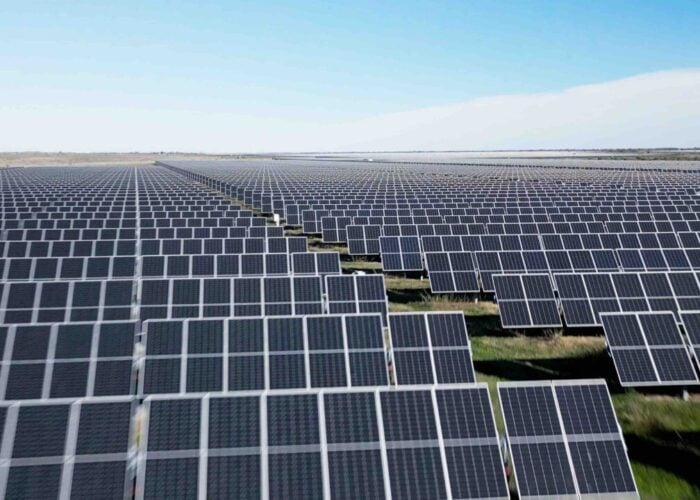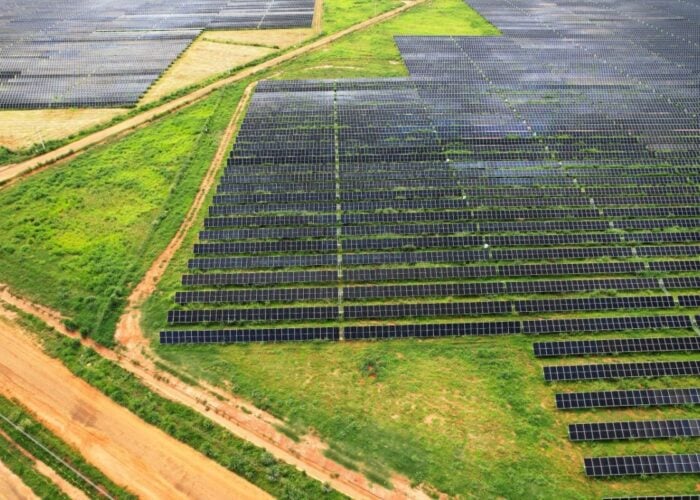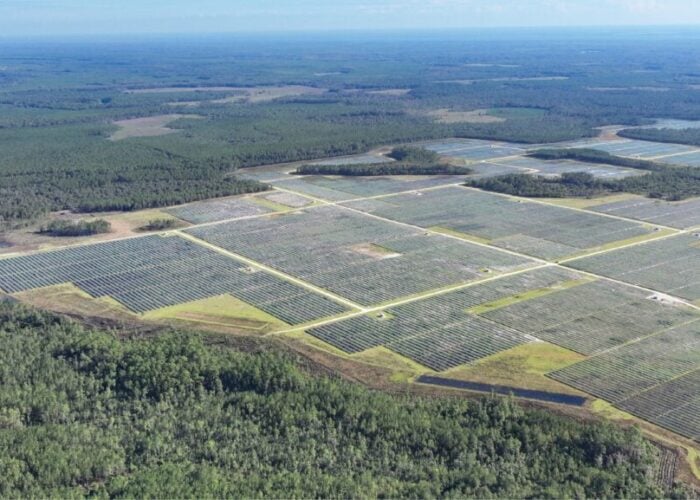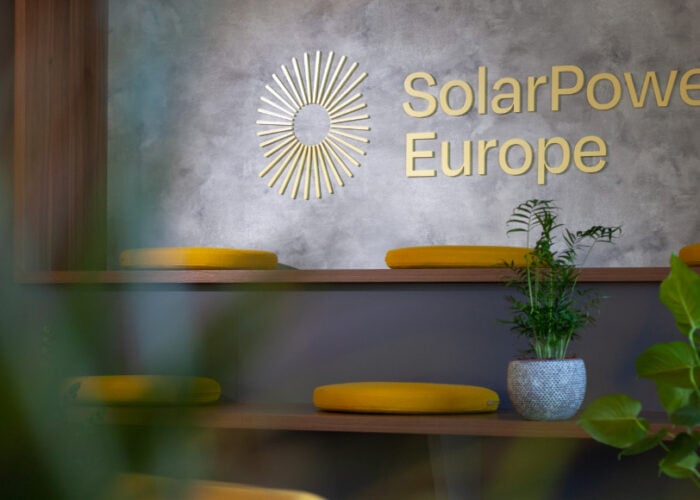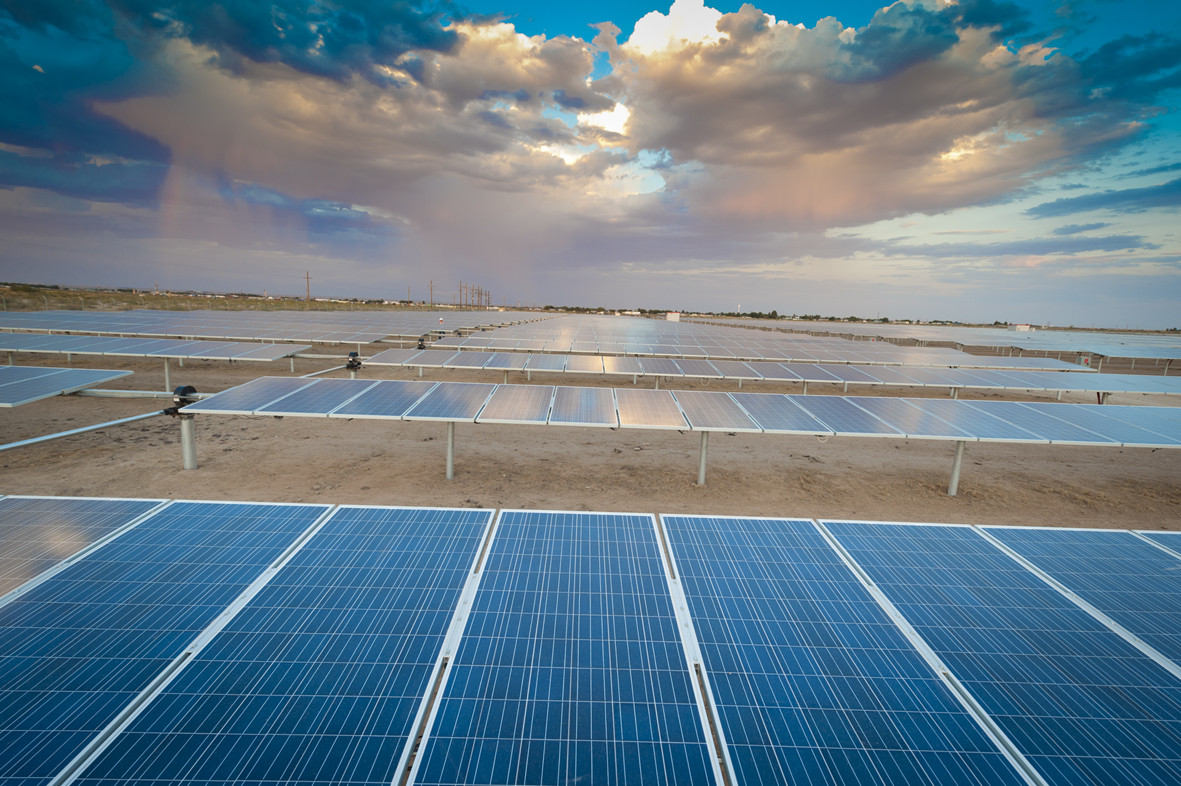
SPONSORED: In the last decade, the PV market has gone through some incredible transformations. The market has accelerated and expanded, prices have declined, subsidy evolutions have evolved and grid parity has been achieved in many regions.
With this rapid growth, new technologies and players have joined the industry and have proven themselves to be market disruptors. One such disrupter is module-level power electronics (MLPE). While MLPE value was first recognized in the residential market, the technology is now increasingly used in commercial PV solutions and its next step is headed towards utility-scale projects.
Try Premium for just $1
- Full premium access for the first month at only $1
- Converts to an annual rate after 30 days unless cancelled
- Cancel anytime during the trial period
Premium Benefits
- Expert industry analysis and interviews
- Digital access to PV Tech Power journal
- Exclusive event discounts
Or get the full Premium subscription right away
Or continue reading this article for free
When MLPE technology, such as power optimizers, was first introduced the PV market was sceptical and approached the technology with caution. The industry initially identified MLPE as a niche solution, such as for shaded or complex roofs. But the residential PV market quickly recognized the benefits of MLPE and today it has a market share of nearly 50% according to IHS.
Even while the residential market was adopting the technology, industry professionals did not yet believe that MLPE could provide value in commercial systems. Yet as technology continues to advance and scalability improves, perceptions are shifting and MLPE is proving itself to be just as valuable to commercial systems as it is to the residential market. In fact, there are already a number of utility sites that have decided to implement power optimizers, such as a 12MW site in Turkey, a 27MW site in APAC, and six sites with a cumulative of 50MWs in Israel.
There are a number of factors leading the utility PV market to become open to deploying MLPE. One of the most important factors is the expertise and knowledge gained by PV professionals as the market matures. With GWs of aging systems in the field, the industry has gained new insights into the importance of OPEX compared to CAPEX and both of their effects on the lifetime revenue of PV systems. In the past, businesses focused more on CAPEX and largely overlooked OPEX during system planning. This is because the industry did not have sufficient field experience to properly calculate OPEX or understand its long-term impact on performance.
Now the industry has better insight into how to properly account for issues such as downtime from module-level mismatch, PID, truck rolls, and more, when evaluating the impact of CAPEX and OPEX on lifetime ROI.
This change has already started a shift towards string inverters and away from central inverters in order to overcome some of their inherent drawbacks. For instance, string inverters help reduce expensive maintenance contracts, eliminate requirements for specialized O&M teams, and minimize the impact of a malfunction so that it does not cause significant downtime in a large section of the array. This trend towards a decentralized architecture to decrease OPEX means that the utility sector is well positioned to understand the value of MLPE despite CAPEX increases. While some MLPE technologies may be less scalable, DC optimized technology provides the benefits of both MLPE and string inverters in order to achieve utility-sized scalability.
One example of how OPEX costs can be reduced with power optimizers is their warranty structure. With DC optimized inverter solutions, because the solution is split into two products, so are their warranties. Power optimizers have a standard 25-year warranty, while inverters have a 12-year one. As such, 60% of the inverter solution is warranted for the lifetime of the PV system – compared to the industry standard of five years. So, if the inverter needs to be replaced after the warranty period is over in a DC optimized inverter solution, then the replacement cost is less than half, while the longer inverter warranty can further reduce the costs.
There are a number of other factors that help make the utility sector ripe for MLPE, such as the decreasing costs of modules. This is because as module costs decline and become a shrinking percentage of the CAPEX, budget can be allocated to include MLPE in utility-scale products.
In addition, technology continues to improve. For instance, larger-sized string inverters and MLPE that can be connected to multiple panels and provide multiple MPPTs can improve scalability. But one of the most important factors that could influence adoption of MLPE in the utility sector is the growing impact that module-level monitoring has on system performance and RoI. If high-resolution monitoring is requested in larger sites, then MLPE can provide the benefits of both monitoring along with more energy, longer strings, and enhanced safety for nearly the same cost as just adding monitoring. With all of these considerations, MLPE has potential for a bright future in the utility sector.
Lior Handelsman founded SolarEdge in 2006 and currently serves as our Vice President of Marketing and Product Strategy in which he is responsible for defining and steering SolarEdge’s strategic global marketing activities, media outreach, product roadmap and vision, corporate product strategy, as well global product management, and corporate business development. Prior to founding SolarEdge, Mr. Handelsman spent 11 years leading power electronics research and development teams and directing large-scale, multidisciplinary research and development projects. Mr. Handelsman holds a B.S. in Electrical Engineering (cum laude) and an MBA from the Technion, Israel’s Institute of Technology.


